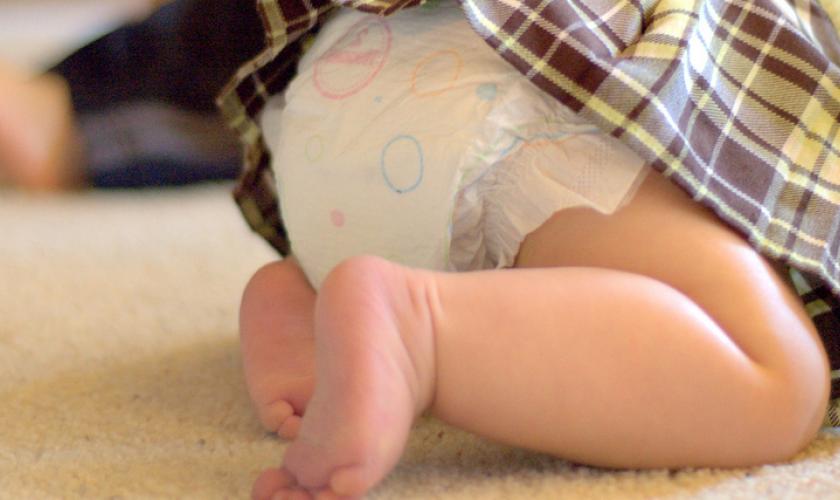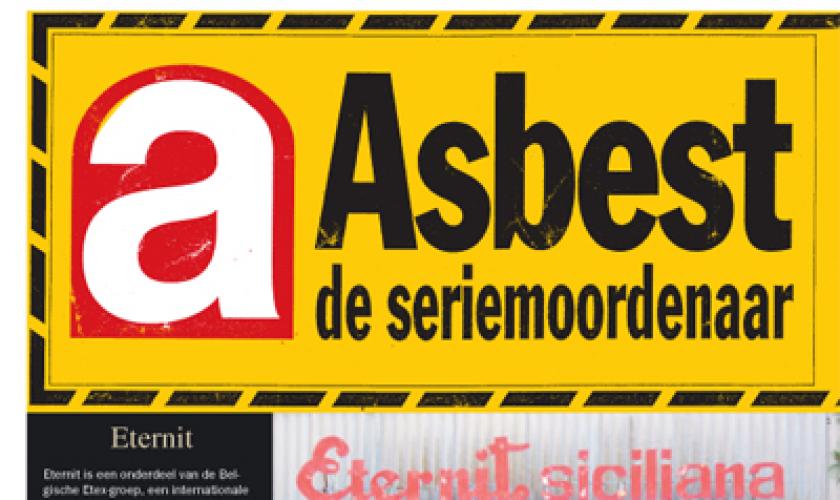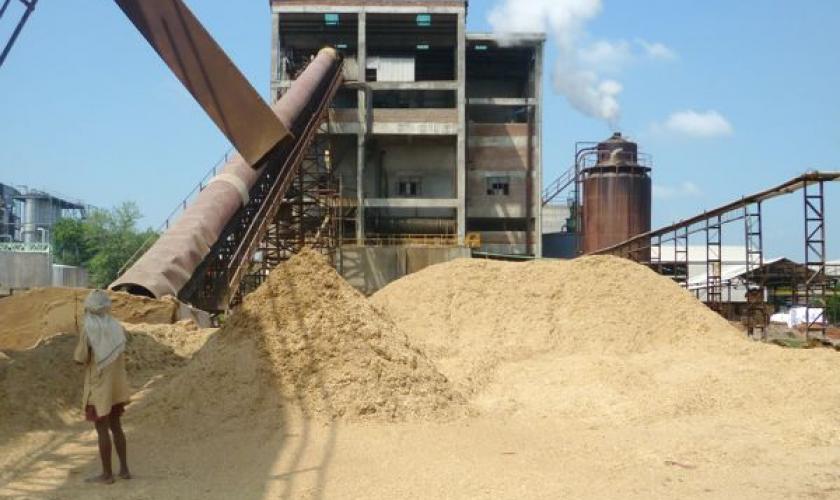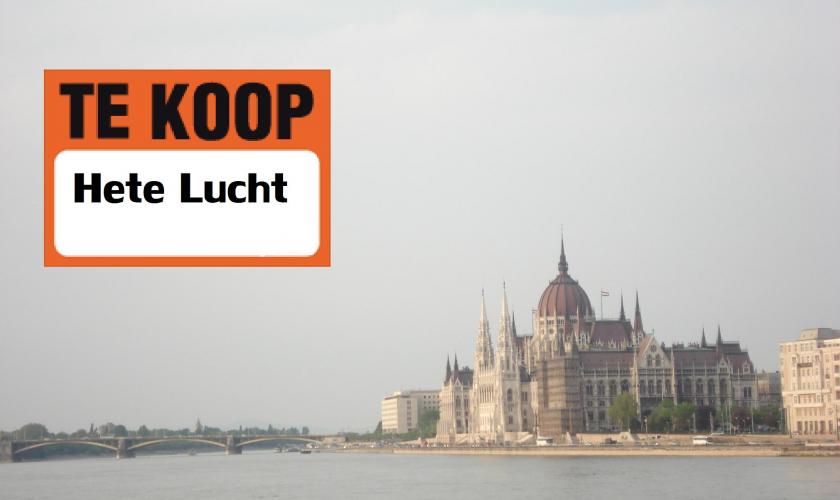Disposable nappies are largely petroleum-based products and crammed ones create a huge pile of waste. But they are handy. What can environmentally conscious parents do? Eos Magazine knocked on the door of all the major manufacturers and found out who has the most sustainable disposable nappy.
The disposable nappy has been conquering the world since Procter & Gamble presented the first Pampers in 1961. From that moment on, Western baby bottoms have been packed for more than ninety percent. Wholesale retailers and manufacturers are tumbling over each other with innovations that make nappies increasingly comfortable, absorbent and inexpensive.
Two trends are fuelling these innovations: the increase in use of diapers for adults due to an ageing population, and the rapidly growing use of disposable nappies in developing countries and emerging economies such as China, Latin America and Russia. The market share is already around 25 percent. A further annual increase of 3 to 5 percent is predicted.
The downside of all this: more oil use (i.e. CO2 emissions) for plastics and a growing mountain of dirty nappies. 200 to 300 billion disposable nappies are pooped worldwide every year. Per child 5,000 to 6,000 in the first four years of life. In Flanders, 400 million used nappies are thrown away every year, in the Netherlands 1 billion. That is 5 to 8 percent of our residual waste.
With our support, Michel Robles researched the sustainability of nappies for Eos Magazine, and tried to find out which manufacturers score best. Published as a dossier: 'How sustainable is the nappy?'.
Photo © David Goehring
MAGAZINE (in Dutch)
- 'Hoe duurzaam is de luier?' (Eos Magazine, 20 augustus 2015)
ONLINE (in Dutch)
- 'Baby's hebben genoeg aan drie luiers per dag' (Eos Magazine, 19/08/2015)
- 'Een tipje van de luier' (Eos Magazine, 19/07/2015)
- 'De zoektocht naar de meest duurzame luier' (Eos Magazine, 19/07/2015)
- 'Meer over de duurzaamheid 'ranking'' (Eos Magazine, 19/07/2015)
- 'Luierrecycling, wordt het nog wat?' (Eos Magazine, 19/07/2015)
- 'Zo scoren de luierfabrikanten en retailers' (Eos Magazine, 19/07/2015)
- 'De luier als bouw(kunst)werk' (Eos Magazine, 19/07/2015)
- 'Wassen, weggooien of composteren?' (Eos Magazine, 19/07/2015)
- 'Zwellende polyacrylaten en polyacrylamiden' (Eos Magazine, 19/07/2015)
- 'Tips voor merkeigenaren en fabrikanten' (Eos Magazine, 19/07/2015)
- 'Chinese luiergekte' (Eos Magazine, 19/07/2015)
- 'Tropenbroei' (Eos Magazine, 19/07/2015)




